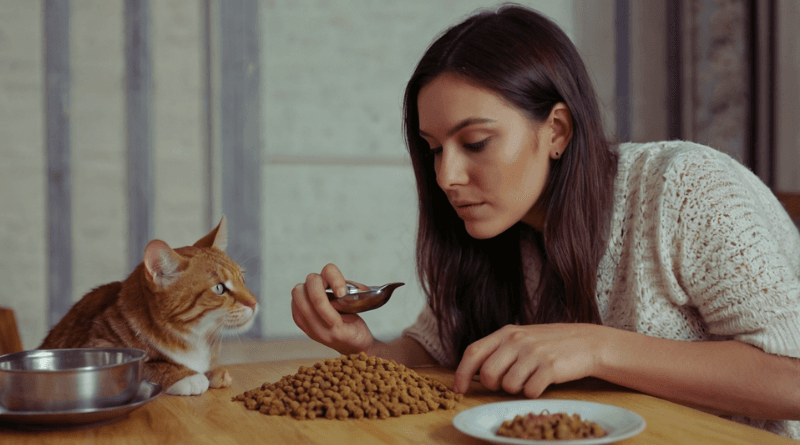Switching your cat’s food to a Homemade Cat Diet is a comforting way to ensure your feline friend receives fresh, balanced nutrition. Many pet owners choose this approach because it gives them complete control over the ingredients while addressing their pet’s specific dietary needs. However, making the switch isn’t as simple as it sounds—cats thrive on routine, and sudden changes can unsettle them. With a simple, step-by-step plan, you can help your cat adjust gradually while enjoying the benefits of a home-prepared diet.
A Homemade Cat Diet ensures that every meal is packed with the right nutrients—like adequate taurine for heart and eye health, arginine for overall well-being, and healthy fats for a shiny coat and energy. Credible sources, including the Royal Veterinary College and the Merck Veterinary Manual, advise that a controlled homemade meal can be beneficial for cats sensitive to certain additives in the food you buy from the store. In addition to improved nutrition, preparing meals at home gives you peace of mind regarding what your pet is consuming.
Preparing for the Switch Before you begin, have a quick chat with your vet for a simple health check. This conversation ensures that your cat is ready for a dietary change and that your planned homemade meals will provide complete nutrition. Next, make sure you have all the necessary food items and any extra vitamins or supplements on hand. A well-curated diet should cover every essential nutrient, and sometimes you may need to add specific supplements based on your vet’s recommendations.
Step-by-Step Guide to Switching Your Cat’s Diet
Gradual Introduction
Switching your cat’s food should be done slowly for the best results. Start by mixing a small portion of the new homemade meal with the usual store-bought food. For instance, begin with a mix of 75% store food and 25% homemade meal. Over about 10 to 14 days, gradually increase the portion of the homemade meal while reducing the store food. This slow, deliberate change helps your cat’s digestive system adjust smoothly without causing an upset stomach.
Monitoring Your Cat’s Response
Keep an eye on how your cat eats, plays, and behaves each day. Note any changes in appetite, mood, or energy levels that might suggest discomfort with the new diet. If you notice signs such as a drop in appetite or mild stomach troubles, slow the transition rate even further. Jotting down a few notes daily about your cat’s eating habits and behavior can help you decide whether any adjustments need to be made. This simple diary method not only tracks progress but also ensures that your pet is adapting well to the new food.
Ensuring Consistency in Meals
Maintaining consistency is key for a smooth transition. Every homemade meal should have a similar texture and taste to ensure your cat feels secure with its food. Prepare each dish carefully with fresh, quality ingredients to build a reliable routine. As your cat becomes accustomed to the steady, nutritious meals, it will settle into the new eating pattern with minimal stress.
What to Do If You Notice Problems
Even with careful planning, small bumps along the way are possible. If you observe issues—such as changes in appetite, decreased energy, or signs of stomach discomfort—slow down the transition process further. In some cases, it may be necessary to temporarily revert to the store food before retrying a more gradual switch to the homemade diet. Patience is essential; if troubles persist, consult your vet for additional advice to ensure your cat’s health remains uncompromised.
Conclusion Switching your cat’s food to a Homemade Cat Diet is a rewarding journey when carried out with care, patience, and proper support. By following a simple, step-by-step plan and monitoring your pet’s response, you can gradually introduce the benefits of home-prepared meals without overwhelming your cat. Every meal prepared at home is an opportunity to enhance your cat’s health and deepen your bond. Trusted resources like the Royal Veterinary College, the Merck Veterinary Manual, and the American Animal Hospital Association offer valuable guidance should you need more details. Embrace the change confidently, and watch your cat thrive with a healthier, happier diet.
Sources: Royal Veterinary College, Merck Veterinary Manual, American Animal Hospital Association

